 295160209X 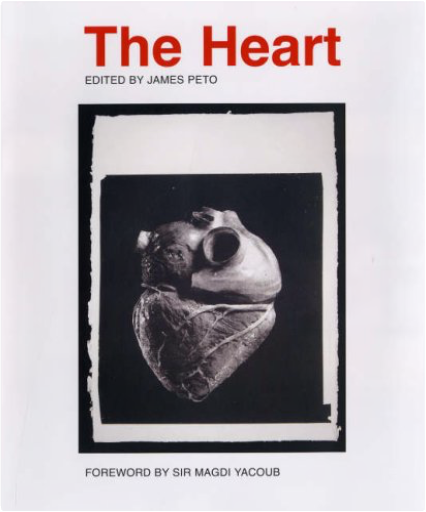 Published upon the opening of the Wellcome Collection, the Wellcome Trust's new public venue in London, this book examines the history of our understanding of the human heart. Encompassing material from Henry Wellcome's own collections in the Wellcome Library and images and artifacts from private and public archives across the world, the book provides a richly illustrated account of changes in our perception of what the heart does and what it means. 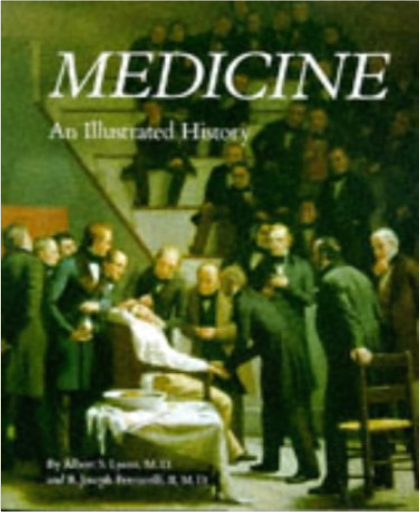 An extraordinary pictorial history of medicine, this comprehensive reference traces the growth and organization of the medical profession through its social, political, and historical backgrounds. Documents, drawings, and wall paintings from every place and period are effectively used.  The study investigates the cultural production of the visual iconography of popular pleasure grounds from the eighteenth century pleasure garden to the contemporary theme park. Deborah Philips identifies the literary genres, including fairy tale, gothic horror, Egyptiana and the Western which are common to carnival sites, tracing their historical transition across a range of media to become familiar icons of popular culture.Though the bricolage of narratives and imagery found in the contemporary leisure zone has been read by many as emblematic of postmodern culture, the author argues that the clash of genres and stories is less a consequence of postmodern pastiche than it is the result of a history and popular tradition of conventionalised iconography.  Leonardo da Vinci was a pioneer in the study of the human body. Intent on exploring and explaining every aspect of anatomy and physiology, he performed over thirty dissections of human cadavers and many more of animals. He is also among the greatest draftsmen ever to have lived, and his studies of skeletons, musculature, and other visible structures remain to this day largely unsurpassed in their lucidity. In addition to his anatomical drawings, Leonardo meticulously recorded his many findings on the pages of his notebooks with the hope of one day publishing a treatise on anatomy. Among the more than one thousand pages of these notebooks were a number of important discoveries that, had they been published, would have transformed Western understanding of biological sciences. But despite admiration by the likes of Benvenuto Cellini, Giorgio Vasari, and Albrecht Dürer—who made a number of drawings from Leonardo’s anatomical studies—the work was never completed and the drawings remained largely unpublished and little known until around 1900. Since the seventeenth century, the Royal Library at Windsor Castle has housed the world’s most significant collection of Leonardo’s surviving anatomical studies. Generously illustrated throughout, this volume presents ninety of the finest of these astonishing documents—the largest publication of Leonardo’s anatomical drawings to date—accompanied by an informative discussion of their anatomical content and their significance in Leonardo’s pioneering work. | 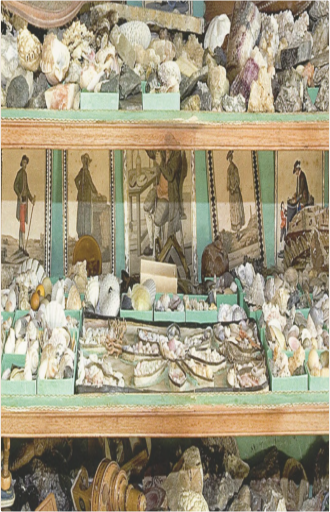 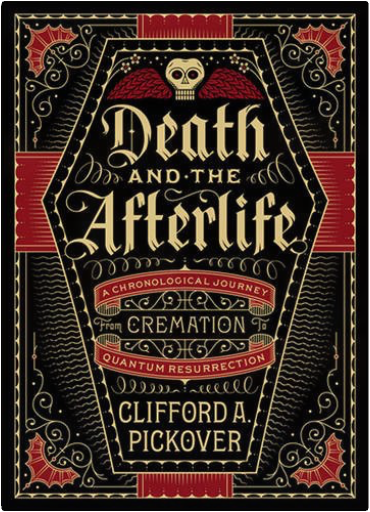 Throughout history, the nature and mystery of death has captivated artists, scientists, philosophers, physicians, and theologians. This eerie chronology ventures right to the borderlines of science and sheds light into the darkness. Here, topics as wide ranging as the Maya death gods, golems, and séances sit side by side with entries on zombies and quantum immortality. With the turn of every page, readers will encounter beautiful artwork, along with unexpected insights about death and what may lie beyond. 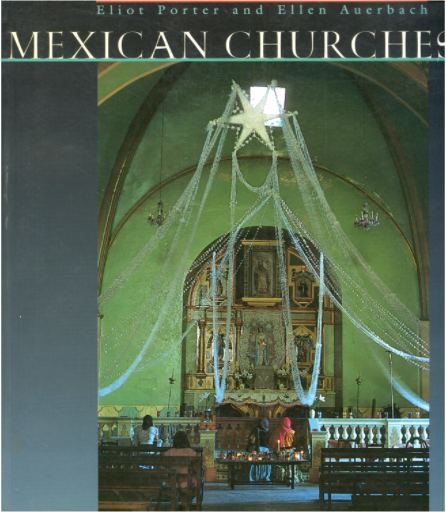 These churches have never before been photographed so thoroughly, with such meticulous attention to their exuberant detail and splendor, providing a glimpse of the setting in which people lived, worked and worshipped in colonial Mexico. 86 color plates. |

Morbid Anatomy Museum
Collection Total:
1,253 Items
1,253 Items
Last Updated:
Jan 26, 2016
Jan 26, 2016
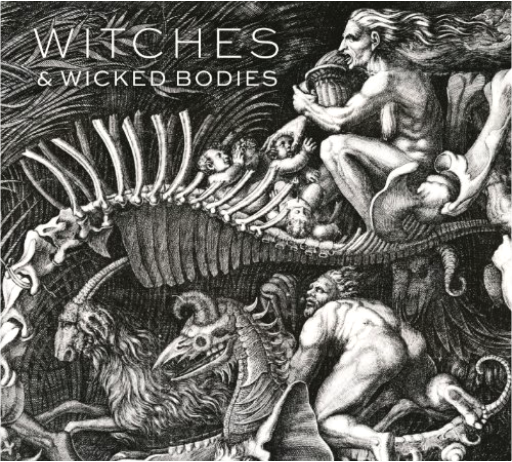

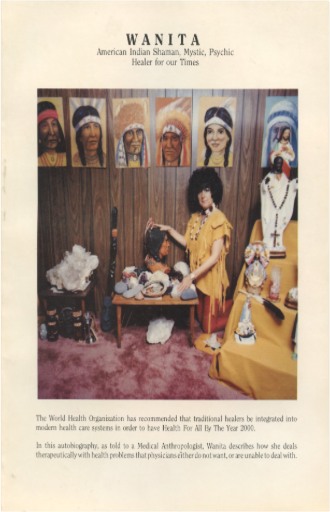

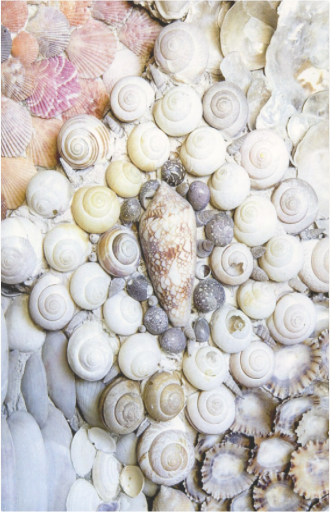
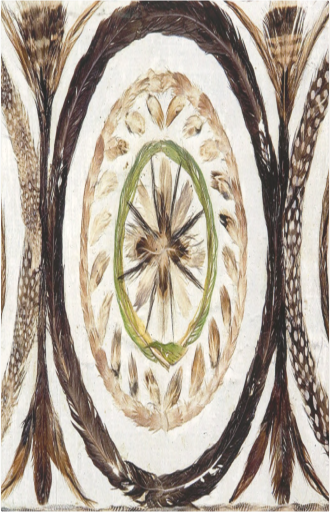
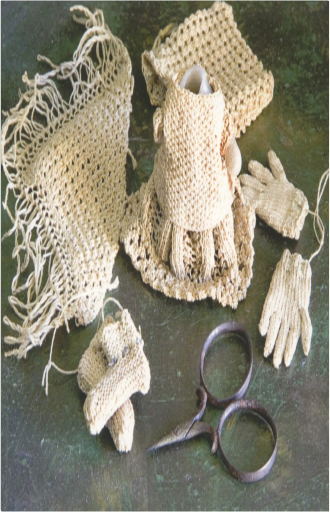

 Made with Delicious Library
Made with Delicious Library